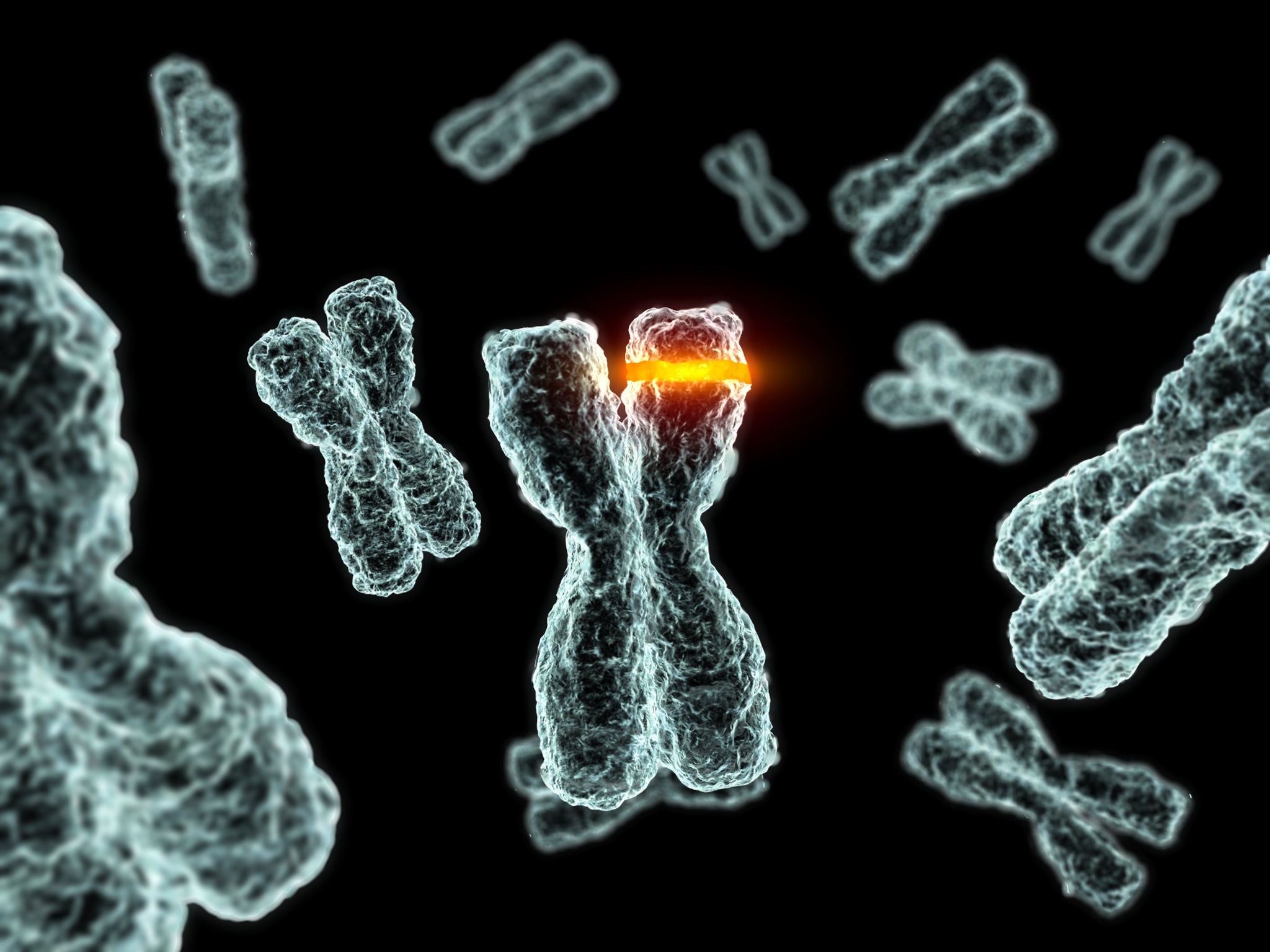Originally Aired: August 30, 2022
Time: 8:00 am PT, 11:00 am ET, 17:00 CET
The World Health Organization and International Clinical Classification recently released an updated classification of Hematolymphoid Malignancies that included the addition of many new molecular and cytogenetic abnormalities. Conventional cytogenetic analysis (karyotyping) has been the primary tool for the detection of structural genome abnormalities. However, many important diagnostic and prognostic abnormalities are below the resolution of karyotpying. Fluorescence in situ hybridization (FISH) has been used as an important ancillary testing methodology that can help with the confirmation of recurrent abnormalities as well as cryptic abnormalities that are missed by karyotpying. As the number of important abnormalities increases, karyotyping plus FISH becomes a more expensive and labor-intensive approach. The detection of recurrent abnormalities, especially those with specific clinical management implications, is of growing importance.
To meet the challenges of structural abnormality detection The Cancer Cytogenetics Laboratory at the University Health Network in Toronto has been evaluating optical genome mapping as a replacement for first-line testing in various hematologic malignancies. In this Inside Precision Medicine webinar, our distinguished presenter, Dr. Adam Smith, will describe how his organization, has evaluated optical genome mapping as a first-line test for hematologic malignancies specifically focusing on acute myeloid leukemia and replacing a legacy eosinophilic leukemia FISH panel.
A live Q&A followed the presentation, offering a chance to pose questions to our expert panelist.

Director of the Cancer Cytogenetics Laboratory
University Health Network, Toronto








